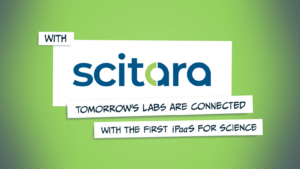In the fast-paced world of scientific research, development and manufacturing, time is of the essence. Laboratories are constantly seeking ways to streamline their processes and expedite project completion times. One transformative solution gaining momentum in lab digital transformation is lab data integration and automation platforms. This blog on department benefits is part of a five-part series that also looks at the people benefits, organization benefits, financial benefits and customer benefits of implementing these platforms.
Department Benefits
There are four key department level benefits resulting from implementation of a laboratory data integration platform. These four benefits are a result of the elimination of manual data management, which reduces time to complete work and eliminates the errors associated with manual data management.
- Faster Testing Completion: Data integration platforms facilitate the seamless flow of information across various systems and applications within a laboratory. The result is that data is automatically transferred between different assets within the laboratory setting, meaning no user intervention is required. By eliminating the time associated with manual data management, time to testing results is significantly reduced. Some estimates are that as much as 30-50% of the overall testing time can be eliminated.
- Reduced Rework: Manual data management invariably leads to errors. Most estimates place the error rate at 3-5%. These errors often require testing to be redone to ensure that, for example, a failed test result was due to manual data management errors, as opposed to something being wrong with the sample or batch. A lab data integration platform reduces rework by eliminating errors associated with manual data management.
- Fewer Deviations: When an out of specification testing result occurs in a regulated laboratory, a deviation analysis must be done to understand the root cause. Oftentimes these OOS results are due to manual data management errors. A lab data integration platform reduces the need for deviation analyses by eliminating manual data management errors.
- Fewer Corrective Actions: OOS results require that corrective actions be taken to address them. OOS results that are caused by manual data management errors are eliminated with a lab data integration platform, resulting in fewer corrective actions.
At a department level, lab data integration platforms lead to projects being completed faster, with fewer errors, deviation analyses and corrective actions. These improvements increase the capacity of existing resources to get more projects done, dramatically improving productivity.
